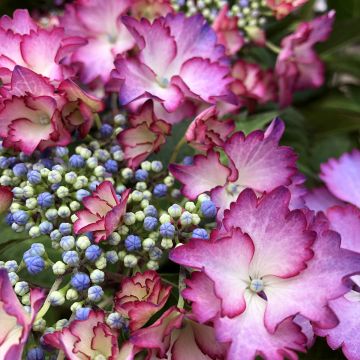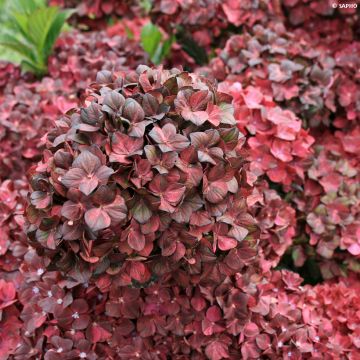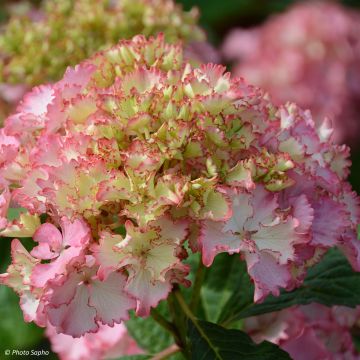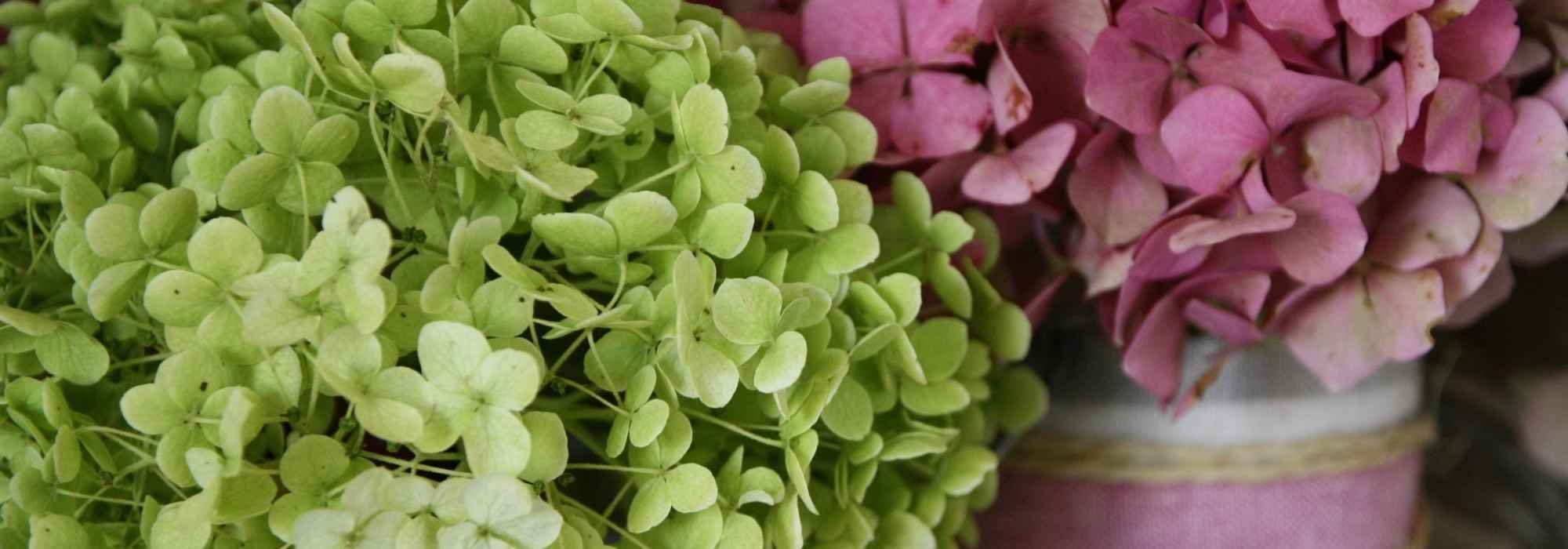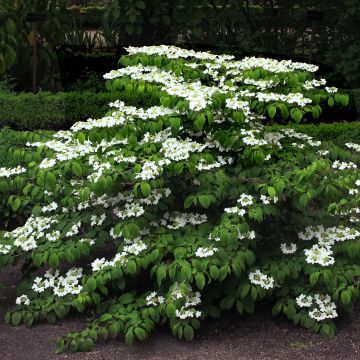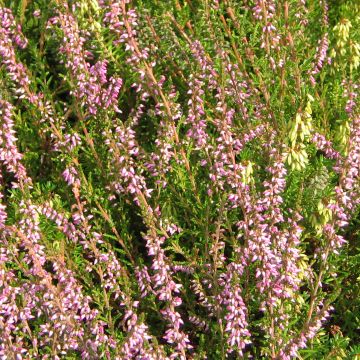

Hydrangea macrophylla Pinky Binder- Mophead Hydrangea


Hydrangea macrophylla Pinky Binder- Mophead Hydrangea


Hydrangea macrophylla Pinky Binder- Mophead Hydrangea
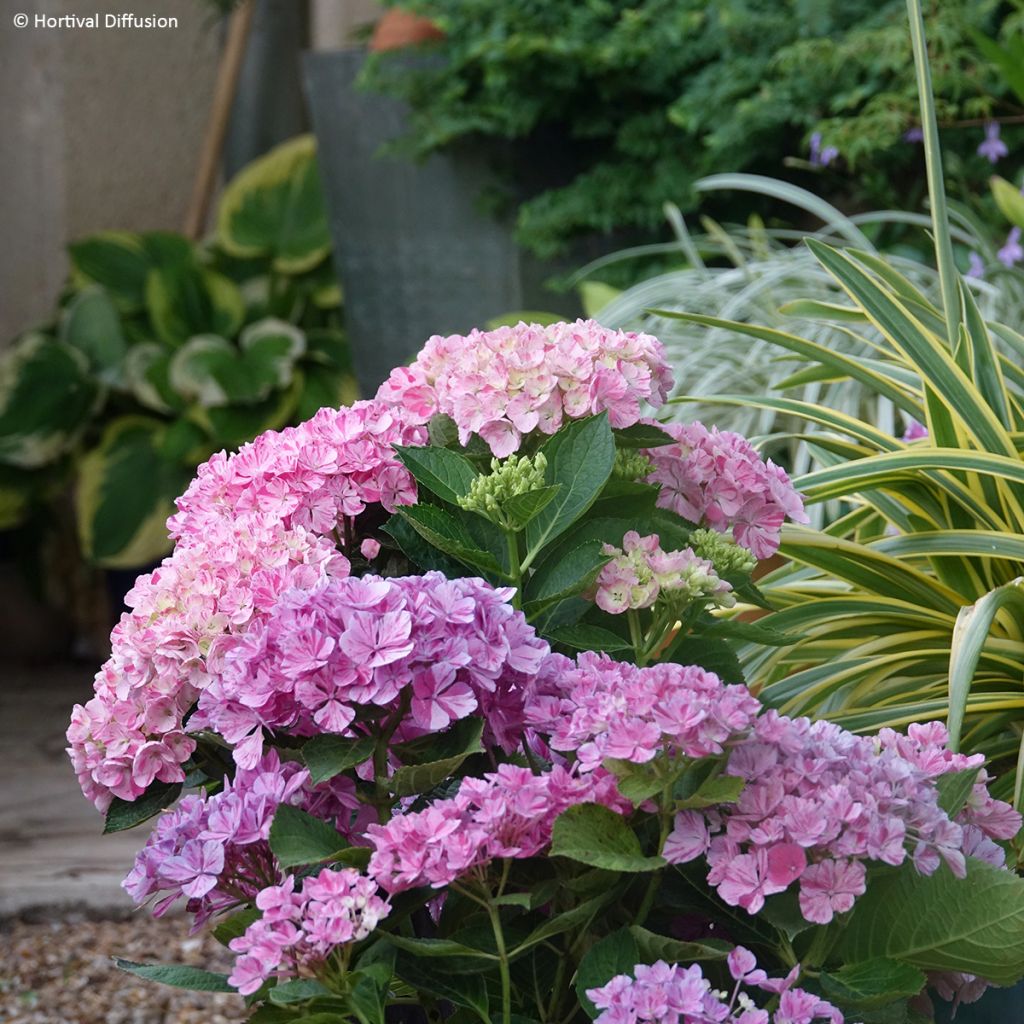

Hydrangea macrophylla Pinky Binder- Mophead Hydrangea


Hydrangea macrophylla Pinky Binder- Mophead Hydrangea
Hydrangea macrophylla Pinky Binder- Mophead Hydrangea
Hydrangea macrophylla 'Pinhydrbin12' Pinky Binder®
Bigleaf Hydrangea, French Hydrangea, Mophead Hydrangea
Special offer!
Receive a €20 voucher for any order over €90 (excluding delivery costs, credit notes, and plastic-free options)!
1- Add your favorite plants to your cart.
2- Once you have reached €90, confirm your order (you can even choose the delivery date!).
3- As soon as your order is shipped, you will receive an email containing your voucher code, valid for 3 months (90 days).
Your voucher is unique and can only be used once, for any order with a minimum value of €20, excluding delivery costs.
Can be combined with other current offers, non-divisible and non-refundable.
Why not try an alternative variety in stock?
View all →This plant carries a 24 months recovery warranty
More information
We guarantee the quality of our plants for a full growing cycle, and will replace at our expense any plant that fails to recover under normal climatic and planting conditions.
Would this plant suit my garden?
Set up your Plantfit profile →
Description
The Hydrangea macrophylla Pinky Binder is a very recent variety of American origin. It is particularly interesting due to its very compact habit, ideal for small gardens, and can be easily grown in containers on a terrace. Its deciduous foliage is dark green, and its slightly stiff stems are very strong, allowing it to easily support the large inflorescences that appear from June onwards, and bloom throughout the summer. The flowers are large, slightly flattened balls, dressed in a bright pink colour with irregular marbling in a darker shade. An ideal bush for partial shade in non-calcareous soil, preferably moist, it is hardy and extremely decorative.
Hydrangeas belong to the Hydrangeaceae family, which is named after them, and includes 17 genera, the most well-known being Deutzia and Philadelphus (Mock Orange). Hydrangeas encompass species of shrubs and climbers, mostly deciduous but with a few evergreen varieties, such as Hydrangea seemanii. The genus name comes from the Greek words hydro (water) and aggeion (vase), referring to the shape of the fruits. Among the 73 existing species, H. macrophylla is one of the most common in our parks and gardens. The native species from the eastern coast of Japan (south of Tokyo) and the neighbouring islands is not the origin of the numerous garden cultivars of Hydrangeas, as it was only introduced to Europe in 1917. It seems that modern Hydrangea cultivars descend from the Otaksa variety cultivated in Japanese gardens and imported to France in 1790.
The Pinky Binder 'Pinhydrbin12' variety is a horticultural variety obtained and introduced to the market in 2023 by Star Roses and Plants, one of the companies of the worldwide American giant Ball Horticultural Company. It is recognisable by its very compact habit, reaching a mature height and width of 1m. With moderate growth, it forms a rounded ball. The stems are fairly stiff and strong, and bear elliptical, broad deciduous leaves with pointed tips. The leaves are dark green, have a matte texture, and the veins are quite visible. This dense and dark vegetation provides a wonderful backdrop for the spectacular flowering that begins in June. The stems are adorned with very large inflorescences measuring 15cm in diameter or more, composed of numerous sterile flowers. The cream-coloured flower buds open to reveal tightly packed flowers that become pink. This colouration is marked randomly and irregularly with darker pink to fuchsia marbling, giving a unique appearance to the flowering. Moreover, the cream and pink flowers coexist for a while, further enhancing the overall marbled aspect of the plant when in full bloom.
Planted in a decorative terracotta or glazed pot, this small Hydrangea will provide a beautiful flowering display that will adorn a terrace or large balcony protected from direct sunlight. In the garden, you can place it in the second row of a flower bed. Plant clumps of perennials like Epimedium, with their sophisticated and graceful appearance and wide range of colours, at its base. Their spring flowering will precede that of your small Hydrangea, and to enjoy even earlier flowers, place a Hamamelis Aphrodite with its astonishing orange filamentous flowers in February and March in the background. Also consider autumn-flowering Camellias like Camellia sasanqua Kanjiro, whose charming semi-double flowers in bright pink with golden centres bloom from November to February, and Japanese Maples with their autumnal colours that rival the most beautiful blooms, allowing you to have an ornamental flower bed all year round!
Plant habit
Flowering
Foliage
Botanical data
Hydrangea
macrophylla
'Pinhydrbin12' Pinky Binder®
Hydrangeaceae
Bigleaf Hydrangea, French Hydrangea, Mophead Hydrangea
Cultivar or hybrid
Other Hydrangea Macrophylla
View all →Planting and care
Plant Hydrangea macrophylla Pinky Binder in spring or early autumn, preferably in a slightly shaded location, for example against an east-facing wall or even north-facing. Choose a spot sheltered from cold, drying winds. It does not require heather soil, but appreciates a deep, moist, well-drained soil that is fairly fertile, possibly enriched with a good base fertiliser before planting. If the soil is dry at the base of the wall, place the root ball at least 30-40 cm away from the base of the wall and incorporate a quantity of well-rotted compost to better retain moisture in the soil. Very hardy, it can be planted in cold regions without fear. As for pruning, remove faded flowers on the first bud or on the pair of buds directly below. Cut back to the base, to a quarter or a third, the oldest stems when the plant is mature, to promote the formation of new shoots. Perform this pruning every year in the months of March and April.
Planting period
Intended location
Care
Planting & care advice
This item has not been reviewed yet - be the first to leave a review about it.
Similar products
Haven't found what you were looking for?
Hardiness is the lowest winter temperature a plant can endure without suffering serious damage or even dying. However, hardiness is affected by location (a sheltered area, such as a patio), protection (winter cover) and soil type (hardiness is improved by well-drained soil).

Photo Sharing Terms & Conditions
In order to encourage gardeners to interact and share their experiences, Promesse de fleurs offers various media enabling content to be uploaded onto its Site - in particular via the ‘Photo sharing’ module.
The User agrees to refrain from:
- Posting any content that is illegal, prejudicial, insulting, racist, inciteful to hatred, revisionist, contrary to public decency, that infringes on privacy or on the privacy rights of third parties, in particular the publicity rights of persons and goods, intellectual property rights, or the right to privacy.
- Submitting content on behalf of a third party;
- Impersonate the identity of a third party and/or publish any personal information about a third party;
In general, the User undertakes to refrain from any unethical behaviour.
All Content (in particular text, comments, files, images, photos, videos, creative works, etc.), which may be subject to property or intellectual property rights, image or other private rights, shall remain the property of the User, subject to the limited rights granted by the terms of the licence granted by Promesse de fleurs as stated below. Users are at liberty to publish or not to publish such Content on the Site, notably via the ‘Photo Sharing’ facility, and accept that this Content shall be made public and freely accessible, notably on the Internet.
Users further acknowledge, undertake to have ,and guarantee that they hold all necessary rights and permissions to publish such material on the Site, in particular with regard to the legislation in force pertaining to any privacy, property, intellectual property, image, or contractual rights, or rights of any other nature. By publishing such Content on the Site, Users acknowledge accepting full liability as publishers of the Content within the meaning of the law, and grant Promesse de fleurs, free of charge, an inclusive, worldwide licence for the said Content for the entire duration of its publication, including all reproduction, representation, up/downloading, displaying, performing, transmission, and storage rights.
Users also grant permission for their name to be linked to the Content and accept that this link may not always be made available.
By engaging in posting material, Users consent to their Content becoming automatically accessible on the Internet, in particular on other sites and/or blogs and/or web pages of the Promesse de fleurs site, including in particular social pages and the Promesse de fleurs catalogue.
Users may secure the removal of entrusted content free of charge by issuing a simple request via our contact form.
The flowering period indicated on our website applies to countries and regions located in USDA zone 8 (France, the United Kingdom, Ireland, the Netherlands, etc.)
It will vary according to where you live:
- In zones 9 to 10 (Italy, Spain, Greece, etc.), flowering will occur about 2 to 4 weeks earlier.
- In zones 6 to 7 (Germany, Poland, Slovenia, and lower mountainous regions), flowering will be delayed by 2 to 3 weeks.
- In zone 5 (Central Europe, Scandinavia), blooming will be delayed by 3 to 5 weeks.
In temperate climates, pruning of spring-flowering shrubs (forsythia, spireas, etc.) should be done just after flowering.
Pruning of summer-flowering shrubs (Indian Lilac, Perovskia, etc.) can be done in winter or spring.
In cold regions as well as with frost-sensitive plants, avoid pruning too early when severe frosts may still occur.
The planting period indicated on our website applies to countries and regions located in USDA zone 8 (France, United Kingdom, Ireland, Netherlands).
It will vary according to where you live:
- In Mediterranean zones (Marseille, Madrid, Milan, etc.), autumn and winter are the best planting periods.
- In continental zones (Strasbourg, Munich, Vienna, etc.), delay planting by 2 to 3 weeks in spring and bring it forward by 2 to 4 weeks in autumn.
- In mountainous regions (the Alps, Pyrenees, Carpathians, etc.), it is best to plant in late spring (May-June) or late summer (August-September).
The harvesting period indicated on our website applies to countries and regions in USDA zone 8 (France, England, Ireland, the Netherlands).
In colder areas (Scandinavia, Poland, Austria...) fruit and vegetable harvests are likely to be delayed by 3-4 weeks.
In warmer areas (Italy, Spain, Greece, etc.), harvesting will probably take place earlier, depending on weather conditions.
The sowing periods indicated on our website apply to countries and regions within USDA Zone 8 (France, UK, Ireland, Netherlands).
In colder areas (Scandinavia, Poland, Austria...), delay any outdoor sowing by 3-4 weeks, or sow under glass.
In warmer climes (Italy, Spain, Greece, etc.), bring outdoor sowing forward by a few weeks.






































